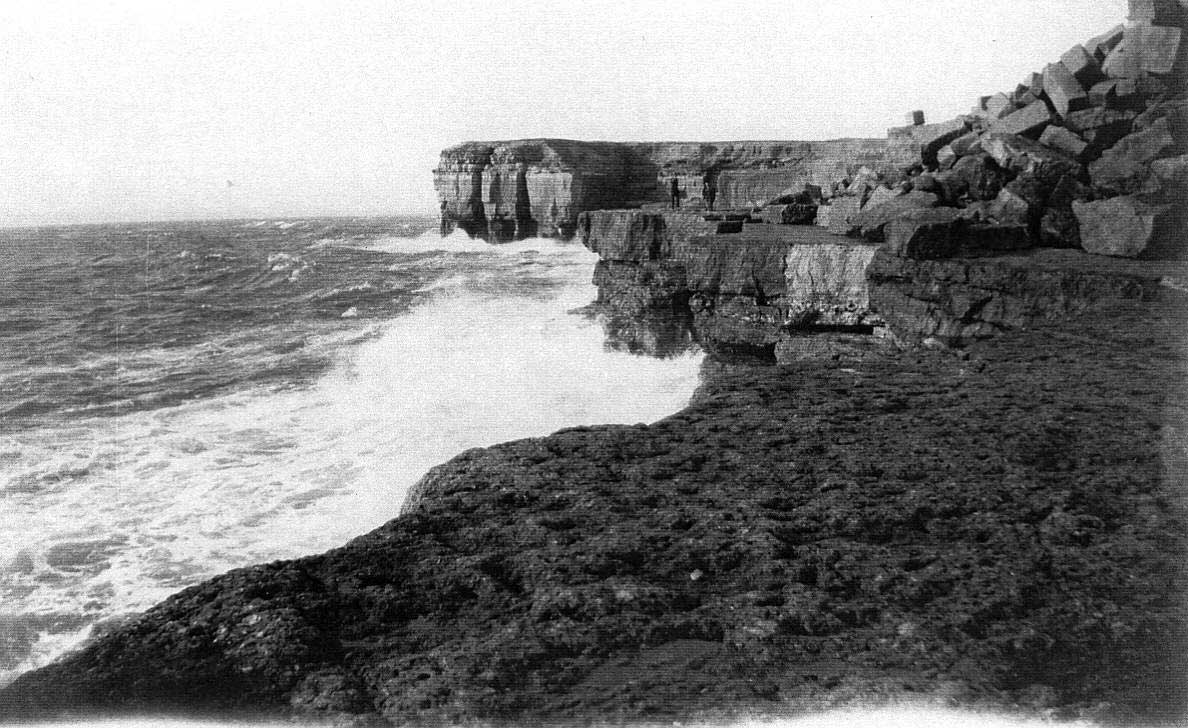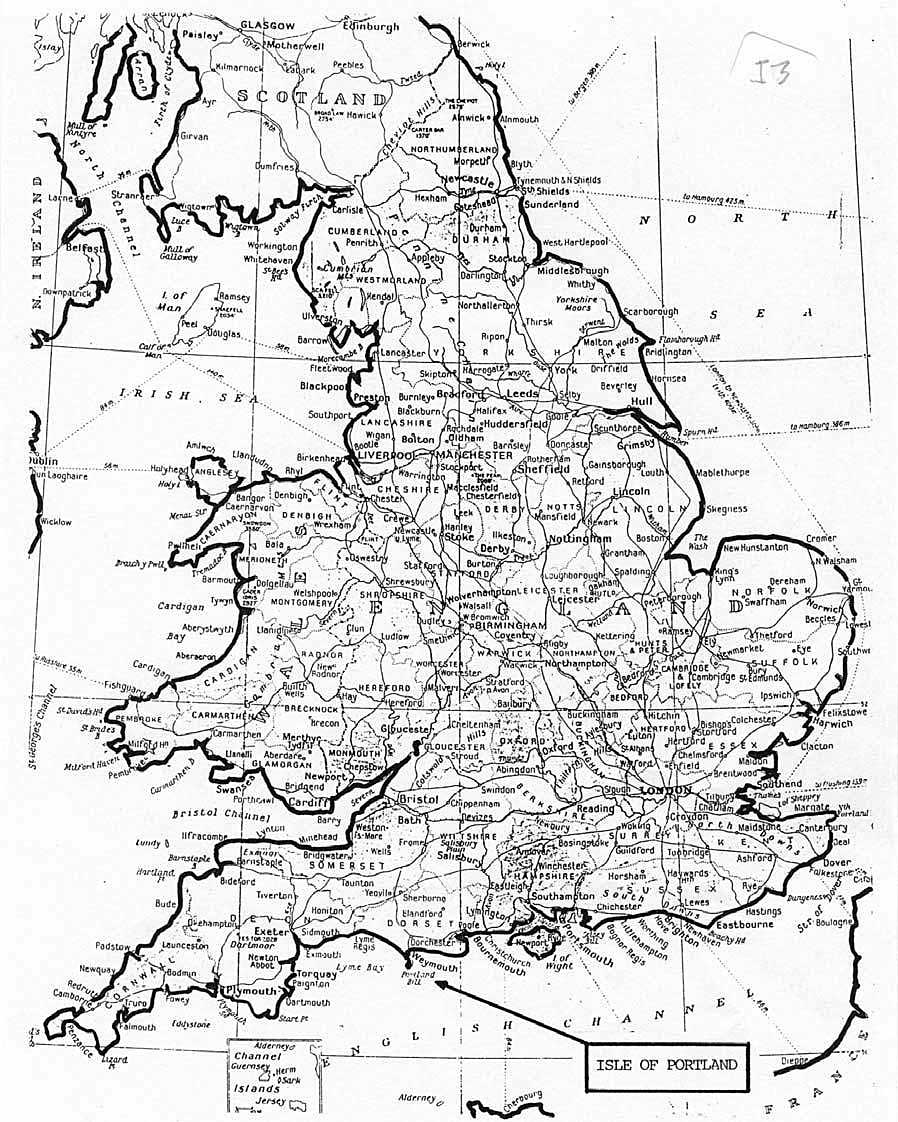The Flanns from 1660 – John & Elizabeth Flann
It is from 1660 that it is possible to trace our descent with a good degree of certainty [1. From this point the narrative concentrates on direct family members from whom our descent proceeds. You will find it useful to refer to the Family Trees in each relevant Part. Due too to the use of certain Christian names in succeeding generations those with common names have been numbered for clarity. Other family members and not in the immediate family line and interest are dealt with more shortly.].John1, the first John Flann and Elizabeth his wife we know little about except that Elizabeth died in 1690 and John in 1701. Judging by the baptism of son Francis in 1660 this means they were married prior to that date and born earlier in the 1600’s. Here perhaps even it is perhaps not too fanciful to think that in 1588 some predecessor Flanns watched The Spanish Armada fought by Drake in the seas off of Portland.
And it is worth remembering too it was in 1630 the Pilgrim Fathers sailed in the Mayflower from Plymouth for America. Galileo (1564-1642) made his astronomical observations, Isaac Newton (1642-1727) published his theory of gravitation, and the Renaissance flourished.
Having set that scene, and it is worth reflecting upon, the first documented reference to them is in 1660 with the baptism of their son Francis. For with the Restoration of the Monarchy under King Charles II, (1630-1685) and the dispossession of the Protector, Cromwell, many of the old ways returned to the Kingdom including the registering of births, deaths and marriages in Parish records.
Francis was their first son but no marriage of him is recorded and he must have died before 1701 as there is no mention of him in his fathers Will. Their other children were John, Thomas, Ann and Mary.
In his Will John1 left his dwelling-house, barn and stable, and lands to his two remaining sons, John2 and Thomas. Surviving daughter Ann was left one yard (this would have been a “strip” a yard wide) in Combe field, three yards in Underhill and another yard elsewhere. She also received all the pewter and brass pots and pans and other household goods.




